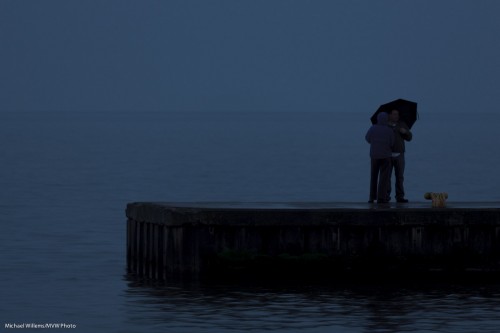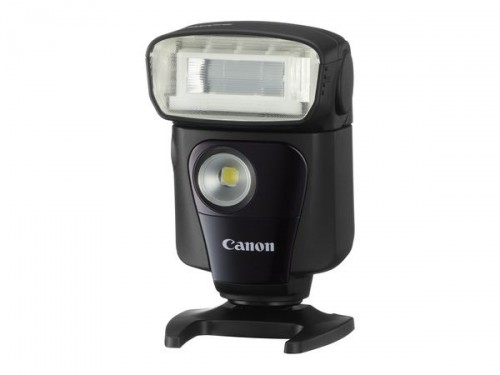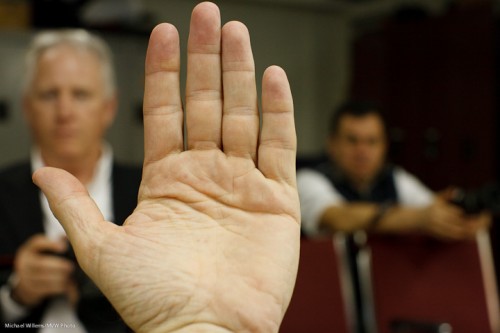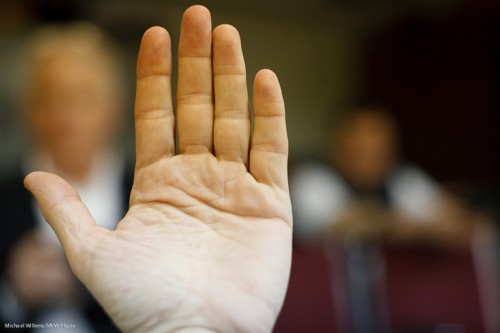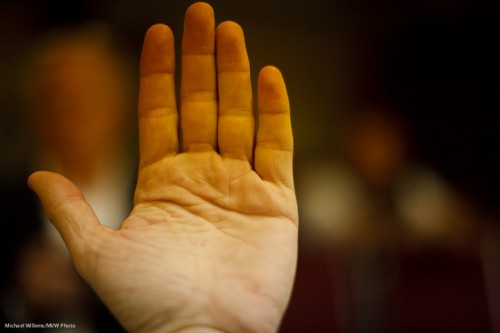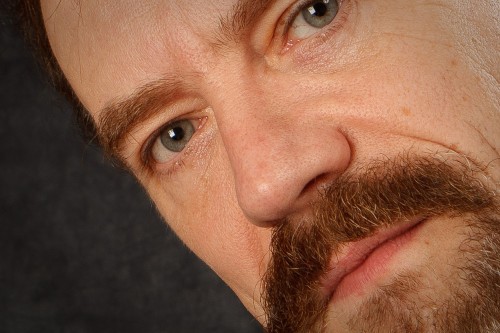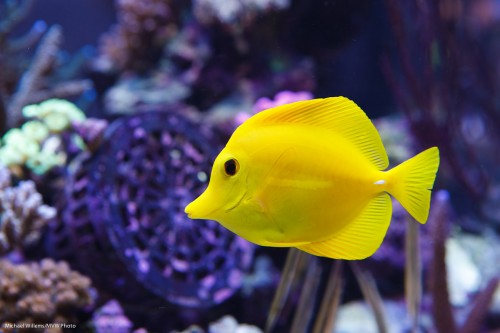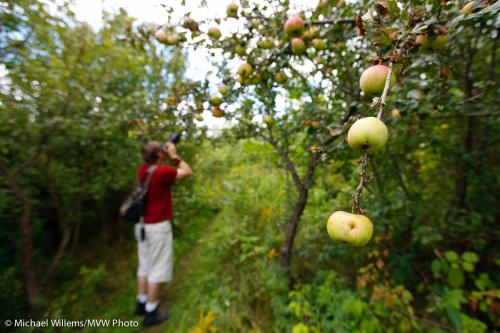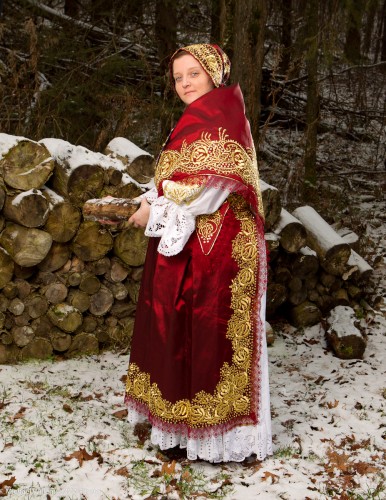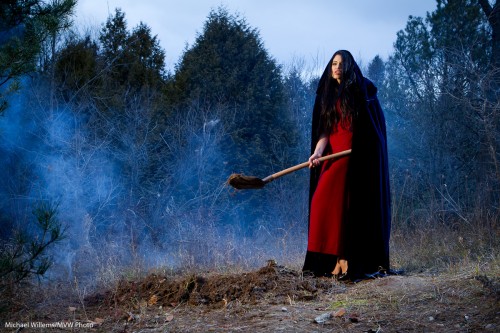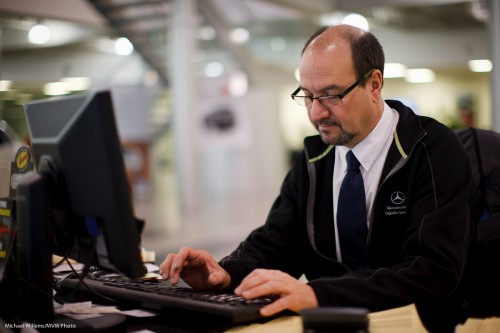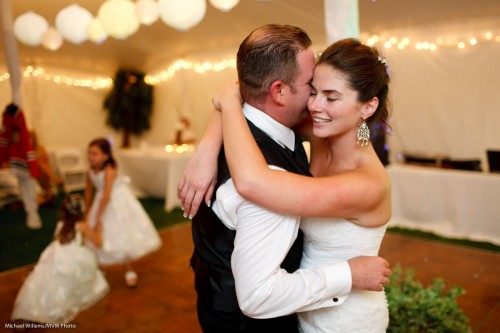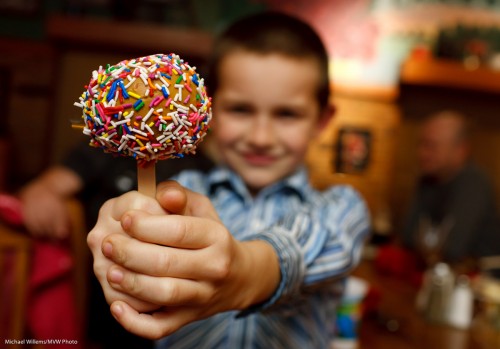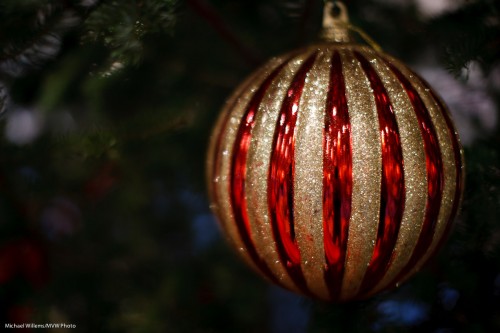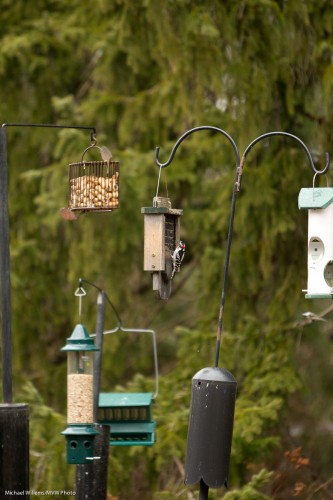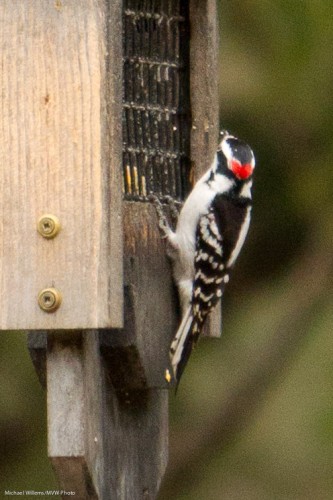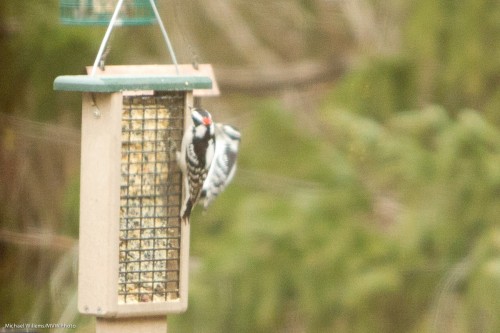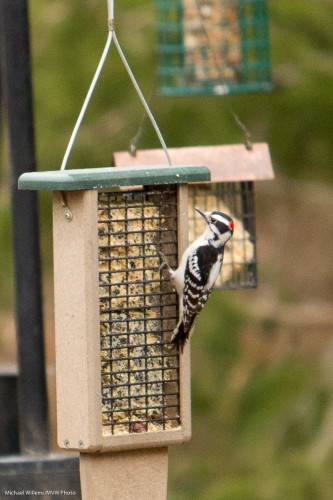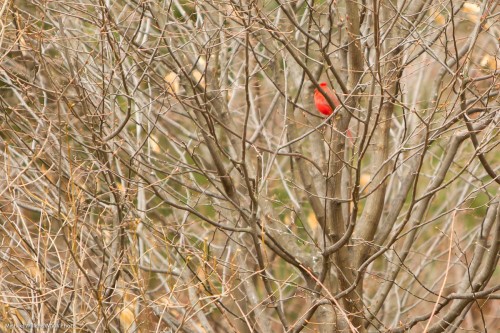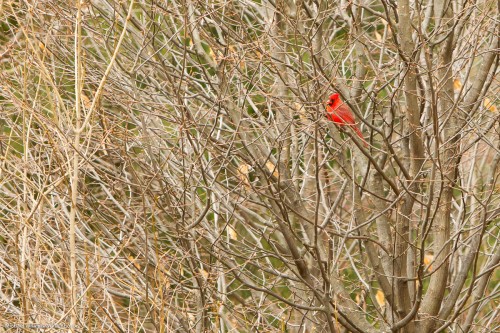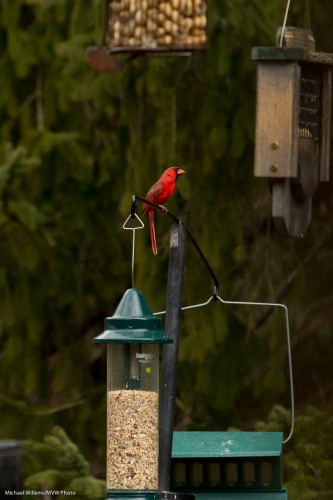We all learn that images should be peppy, contrasty, “punchy”.
That is how cheaper cameras are made to manipulate the data in making the JPG file, which is one reason a point-and-shoot often gets you “nicer” images out of the camera. Existing data is increased in saturation, contrast, sharpness, and brightness.
So yes, punchy can be very good.
This is certainly the case if you are shooting the same old same old.Snapshots. Air balloons. Kids in bright clothing.
So we want punchy. But is that always the case? Nope. It ain’t necessarily so. Look at this image, for example.
A low contrast image can be good.
I recommend a few things:
- Think about the light and contrast. Do you really want more contrast, or would low contrast be nice? A fog scene is low contrasts. Is a fog scene bad? No.
- Disable your camera’s built-in image manipulation settings. Do any needed manipulation later, on your computer. This gives you better quality and more freedom to vary both ways.
- Shoot RAW!
Use your histogram and use careful exposure to get it right in camera if you can. Art is created by questioning the givens, and quality of light is certainly something you ought to be questioning at all times. Do a mini Socratic dialog with yourself and ask: should I in fact be doing this, or that? Or could I zag where I would normally zig?
(When I mix that many metaphors in one post it is probably time to go to bed. If you want homework: go take a low contrast shot where this makes sense).

